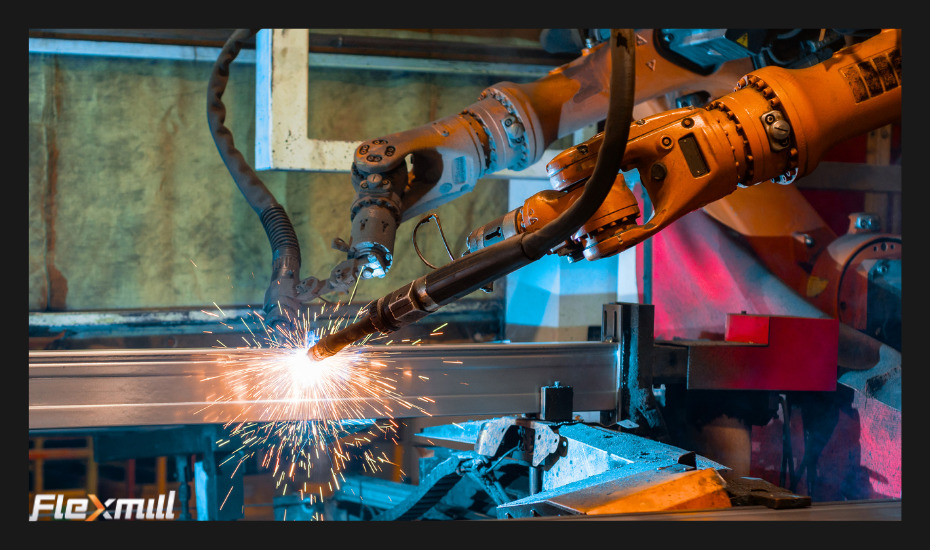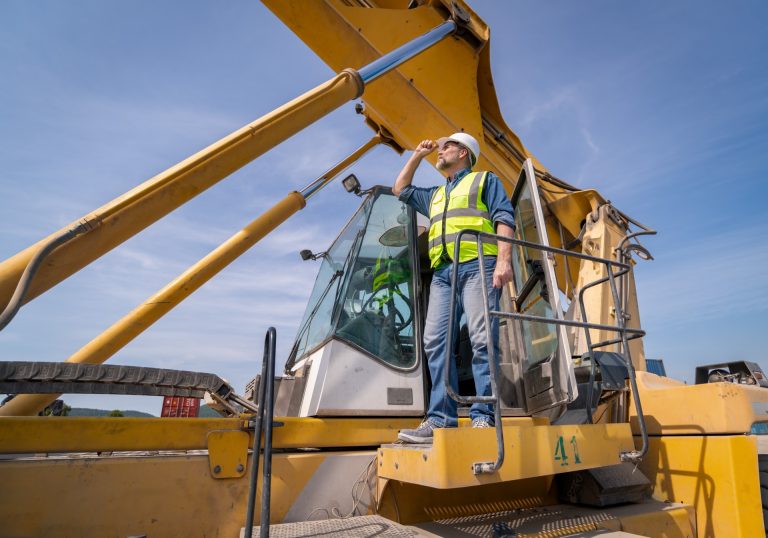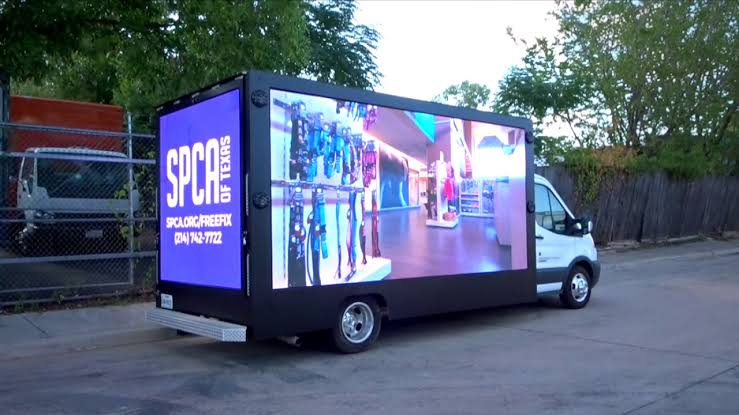How a Robotic Welder Improves Precision and Productivity in Manufacturing

Automation is revolutionizing manufacturing, enabling companies to produce products faster, more accurately, and with greater consistency. Robotic welders play an important role in this transformation, handling welding tasks that are repetitive, complex, or require high precision. On modern production lines, robotic welders are essential for ensuring high-quality results.
Equipped with programmable robotic arms, advanced sensors, and specialized software, they deliver welds with consistent accuracy and reliability. This overview explains how robotic welders improve accuracy and efficiency in manufacturing. They help reduce mistakes, increase production, and keep quality consistent in industries like automotive, aerospace, and heavy equipment.
Precision in Welding with Robotic Welders
Robotic welders have transformed manufacturing by making welding more precise and consistent. Unlike manual welding, which can vary due to human error, robotic systems ensure that every weld is uniform, meeting strict quality standards.
- Consistent Weld Quality
Robotic welders follow pre-programmed instructions, repeating the same weld exactly each time. This consistency is crucial in industries where strong, reliable welds are essential.
- Reducing Human Errors
Automation stops common welding mistakes, like uneven torch angles, inconsistent speeds, or wrong heat settings. This means fewer defects, less rework, and a smoother, more efficient production process.
- Advanced Sensors and Smart Programming
Modern robotic welders are equipped with sensors and intelligent control systems that monitor the welding process in real time. They can detect any deviations and make adjustments automatically, ensuring each weld is precise and of high quality.
Robotic welding delivers precise, consistent welds, minimizes human errors, and ensures accuracy for precision-driven industries.
Productivity Gains Through Robotic Welders
Robotic welders are revolutionizing manufacturing by making production faster, more efficient, and easier to scale. Here’s how they enhance productivity:
- Faster Welding Speeds
Robotic welders work much faster than humans, completing welds quickly and consistently. AI-driven systems can maintain high-speed welding over long periods, increasing overall production efficiency.
- Continuous Operation
Robots can work all day and night without resting, producing more in less time and helping factories finish tasks on schedule.
- Higher Throughput
The ability to produce more products in less time increases overall production efficiency.
- Flexible and Scalable
Robotic welders can be easily reprogrammed for different projects, making them highly adaptable to changing production needs. This flexibility allows manufacturers to scale operations smoothly and efficiently.
By combining speed, continuous operation, and flexibility, robotic welders significantly boost productivity, enabling manufacturers to meet growing production demands reliably and efficiently.
Additional Benefits Beyond Precision and Productivity
Beyond precision and productivity, robotic welders bring several important benefits to manufacturing.
- Long-Term Cost Savings
Robotic welding systems may cost a lot at first, but they save money over time. Robots can work nonstop without getting tired, performing repetitive tasks more efficiently than humans. Their accuracy reduces mistakes, scrap, and wasted materials, and consistent welds mean less rework. These savings often pay back the initial investment within a few years.
- Consistent Quality and Precision
Robotic welders produce highly accurate welds, ensuring every piece meets the same quality standard. They reduce errors and eliminate variations that often happen with manual welding. Real-time monitoring, like sensors and cameras, catches mistakes immediately. For example, Fendt cut production costs by 25% and sped up manufacturing by 15% thanks to reliable robotic welding.
- Reduced Waste and Material Use
Robots use just the right amount of welding material, preventing overuse, spatter, and other common mistakes. This saves money on materials and reduces waste. At New Holland Agriculture, robotic welding cut material waste by 22%. Consistent welds also mean less rework, saving time and labor while making the manufacturing process more efficient.
Using robotic welders improves precision, productivity, and safety, while reducing costs and adding flexibility. These advantages make robotic welding a smart investment for companies aiming for efficiency, quality, and competitiveness.
How Does Robotic Welding Work?
Robotic welding systems use several key parts to automate welding with precision:
- Robotic Arm – A six-axis articulated arm (also called a manipulator) moves the welding torch along precise paths. Its flexibility allows it to reach complex angles and positions.
- Welding Torch – Attached to the robotic arm, it delivers the welding arc and filler material to create the weld.
- Power Supply – Controls the electricity for the welding process, ensuring a stable arc and high-quality welds.
- Wire Feeder – Regulates the flow of welding material to maintain consistent weld size and shape.
- Sensors and Cameras – Monitor welding in real time and automatically adjust settings for accuracy.
- Controller – Acts as the system’s brain, coordinating all components and following programmed instructions to execute smooth, accurate welding.
Robotic welding uses automation and precise control to deliver fast, consistent, high-quality welds, even in difficult areas.
Challenges to Consider Before Adopting a Robotic Welder
Robotic welders boost precision and productivity but come with challenges businesses must consider before adoption.
- High Initial Costs
Robotic welding systems can be expensive to purchase and install. Costs include the robot, safety equipment, sensors, and integration into existing production lines. This upfront investment can be a challenge, especially for small and medium-sized businesses.
- Training Requirements
Operating and programming robotic welders requires skilled personnel. Even with user-friendly systems, a learning curve exists. Investing in proper training is essential to ensure smooth operation, reduce errors, and minimize downtime.
- Integration with Existing Production Lines
Integrating robotic welders into existing manufacturing workflows can be challenging. It may require modifying processes, designing custom fixtures, and coordinating robots with other machines. Proper integration is essential to prevent disruptions and maximize the benefits of automation.
Robotic welding requires careful planning due to costs, training needs, and integration challenges. With the right preparation, however, these hurdles can be overcome, leading to improved efficiency, quality, and competitiveness in manufacturing.
Conclusion: Robotic Welding
Robotic welding is transforming manufacturing by making the process faster, more precise, and highly consistent. These systems deliver uniform, high-quality welds, reduce human errors, and can access hard-to-reach or complex areas. Operating continuously at high speeds, they boost production and help factories meet increasing demand efficiently.
Beyond improving precision and productivity, robotic welders offer long-term cost savings, minimize material waste, and enhance workplace safety. Their flexibility allows them to handle a variety of tasks while maintaining consistent results.
Although starting with robotic welding can be challenging due to high costs, training needs, and integration into existing processes, careful planning can overcome these issues. Overall, robotic welding is an excellent investment for companies looking to achieve superior quality, greater efficiency, and enhanced competitiveness.





